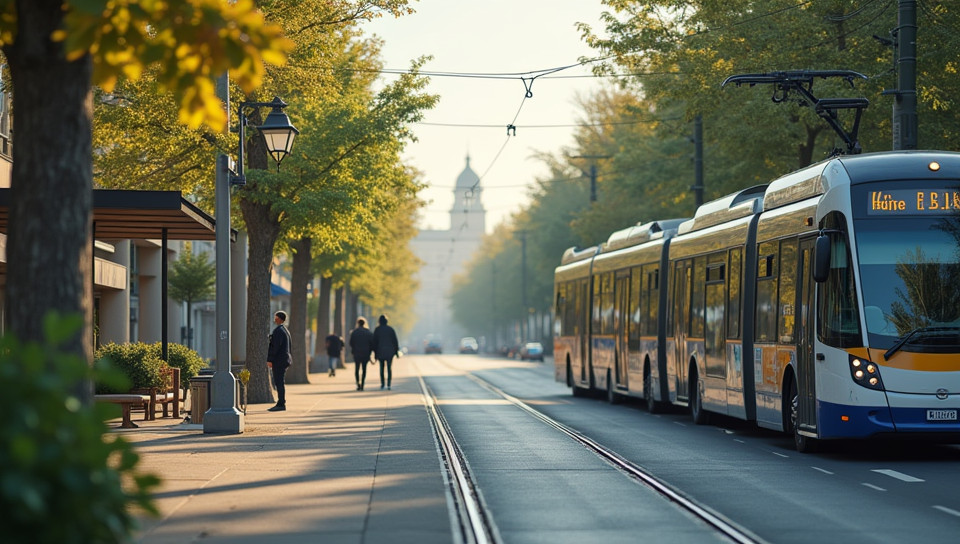Public transportation is a more eco-friendly travel option 58%

Public Transportation: The Key to a Greener Future
As we continue to navigate the complexities of climate change, it's becoming increasingly clear that our daily choices have a significant impact on the environment. One often-overlooked area where individuals can make a real difference is in their mode of transportation. With more and more people turning to cars as their primary means of getting around, it's time to explore alternative options that are not only better for the planet but also more cost-effective.
The Environmental Impact of Transportation
The transportation sector is one of the largest contributors to greenhouse gas emissions, accounting for approximately 23% of global carbon dioxide emissions. A significant portion of these emissions come from personal vehicles, which produce an average of 4.6 metric tons of CO2 per year in the United States alone.
The Benefits of Public Transportation
Public transportation is a more eco-friendly travel option compared to driving personal vehicles for several reasons:
- Reduces traffic congestion: By providing an alternative to single-occupancy vehicles, public transportation helps decrease the number of cars on the road, reducing congestion and associated air pollution.
- Lowers greenhouse gas emissions: Public transportation emits significantly less CO2 per passenger than personal vehicles, making it a more environmentally friendly option.
- Encourages walkability and bikeability: Many public transportation systems are designed with pedestrian-friendly infrastructure, promoting healthier and more sustainable modes of travel.
The Role of Technology in Improving Public Transportation
The use of technology has transformed the public transportation experience, making it more efficient and convenient for users. Advances in route planning, real-time information, and mobile ticketing have streamlined the process of getting around, reducing wait times and increasing reliability.
Conclusion
As we strive to create a more sustainable future, adopting eco-friendly modes of transportation is essential. By choosing public transportation over personal vehicles, individuals can significantly reduce their carbon footprint while contributing to a healthier environment for generations to come. It's time to rethink our daily commutes and make the switch to a more environmentally conscious option – public transportation is the way forward.
- Created by: Rei Saitō
- Created at: Aug. 19, 2024, 10:53 p.m.
- ID: 7787